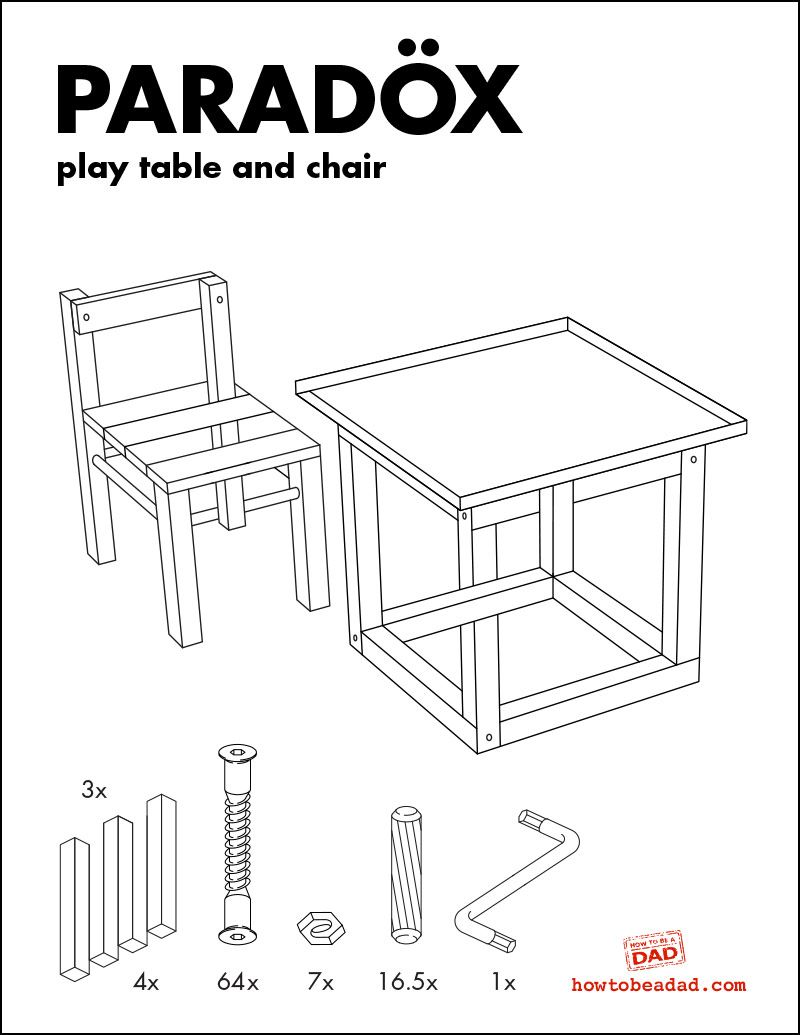How to get customers to love your product: the Ikea effect

There's a famous quote by Warren Buffett: "Price is what you pay and value is what you get".
Sounds cool, but what does it mean? It means that while products might be priced equally, people will assign different value to each of them.
The existence of a gap between the value of a product and the actual price can be seen in any settings that include negotiations: markets, auctions, and even when bargaining for compensation packages and other working conditions. And, of course, it's clearly observed from all the consumer behavior research. We know that people value a product more once they own a product. We know the effect that branding has on a product. And that people go crazy if something is offered for free. And so much else.
Today we'll talk about yet another bias that will make your customers love your product, buy more of it, and recommend it to your friends. And that bias is called "the Ikea effect".
The Ikea effect is a term coined by Norton, Mochon, and Ariely in their HBS publication: The Ikea Effect: When Labor Leads to Love. There, the researchers show that consumers tend to value products more if they've partially created it. The name is inspired by the Swedish manufacturer and furniture retailer IKEA, which famously sells products that often require assembly. Sure, they also cost less, but this can't be the only reason people love IKEA. The company became the world's largest furniture retailer in 2008, and the founder was listed in 2015 Forbes as one of the ten richest people in the world.

However, IKEA wasn't the first one to implement the Ikea effect (with apologies for the tautology). Before the researchers got to it, marketers have already realized that putting effort into something makes customers enjoy it more. Marketers came to this realization through trial and error. There's, for example, a cake mix anecdote: when instant cake mixes first arrived on the markets, they weren't successful at all. The idea that seemed logical, innovative, and very customer-oriented fell through. Turned out, homemakers didn't feel invested in the baking process and put no value in the product. So, marketers made everyone involved: they made a change in the recipe where homemakers had to add an egg, and the mix would be ready. By adding one more step, they had the person invested, and the cake mixers' sales went up.

This story isn't 100% true. Of course, there was a number of factors that contributed to the initial rise and then failure and then subsequent rise of instant cake mixes. However, people's perceived lack of involvement in baking and lack of attachment to the product that came with it was one of the factors.
After the researchers took the matter in their hands, we got proof that putting effort into the product does indeed make the person value it more.
For example, one of the studies in The Ikea Effect: When Labor Leads to Love showed that people who built a simple IKEA storage box themselves were willing to pay more for a box than people who were just given a fully built box (they were also allowed to inspect it).
In another study, participants made their own origami frogs and cranes. When asked how much they would cost, participants gave an amount roughly five times as much as the group that didn't make the cranes.
I am sure you can relate. Products, ideas, even relationships that you've invested effort, time, and money into are usually very hard to throw away. Even if you don't need that bookshelf from your first year of uni anymore. Even if your competitor has a better idea than the one you developed during months of hard work.
How do you implement the Ikea effect?
The studies showed that for the Ikea effect to work, three factors must be met:
- Effort
- Display of competence
- Completion
Making the effort is important, but participants should also be able to complete the task. In the studies where participants failed to complete the task, the willingness to pay for the item declined. When they built the project and then had to disassemble it, there was also no Ikea effect.

Marketing takeaways:
1. Get people to interact with your product. For example, app designers are advised to provide sample data, pre-filled defaults, and editable templates for people to put some effort and creativity into creating their account.
2. Give customers an option to customize your product. For example, Nike allows customers to design their own sneakers. Customers get to pick colors, stitching, and performance features. And they are willing to pay twice more for them!
3. Ask customers for feedback, input, and ideas. Then, customers will make an effort responding to your questions, feel like their opinion is valued, and feel more attached to the company.
4. Offer experiences that are challenging, but not too challenging. If your product already requires some effort, for example, you've got to fill out the form to sign up for the app, make sure it's not too much, so that the person completes the task.
5. Add some creativity. Research by Dahl and Moreau (2007) shows that customers are more satisfied when there's a limited amount of creativity they can express in assembling a product.
Business takeaways:
1. Be aware of the Ikea effect: don't continue to devote resources to a project just because you've already put a lot of effort into it. Similarly, don't discount ideas just because they were developed somewhere else.
2. Make your team count. Giving people in your team a voice and allowing them to take part in the decision-making process means they'll become attached to the company and willing to work more.
3. Don't hesitate to ask new employers for their opinion and their input. The quicker they dive in, the sooner they'll feel that the job is valuable to them.
4. Don't underestimate crowdfunding platforms. Not only they gather money - they make people love the product before it's even out.
When learning anything, it's never enough to know the theory. It's often that moment of actually doing something that makes us feel competent and in control. Even if after many trials. This is the feeling we value and we return to. Let your customers and your employers experience it, and enjoy the benefits that come with it.













